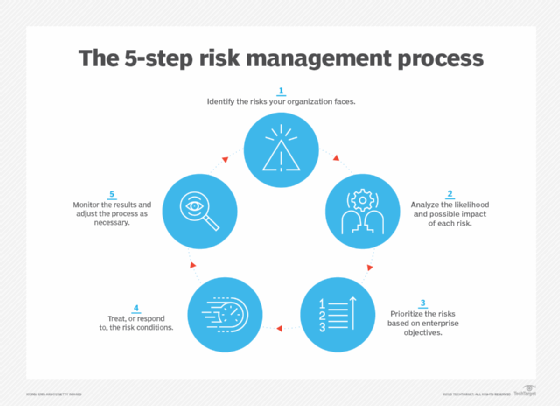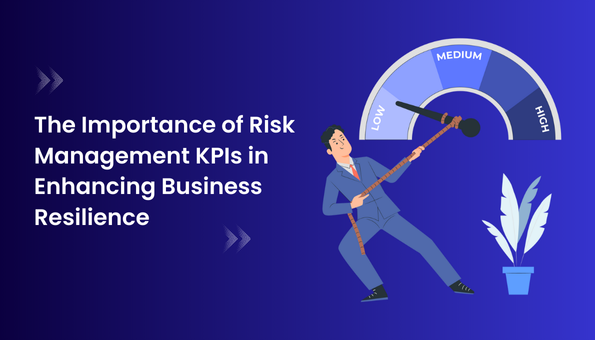The Importance of Understanding the Value of Risk Management in Different Industries

The Core Concept of Risk Management and Its Function
Risk Management, the keystone of many industries, pivots on the recognition, assessment, and mitigation of unpredictabilities in a business environment. By correctly identifying prospective dangers, services can establish methods to either avoid these threats from occurring or minimize their impact. Once risks have been recognized and assessed, the mitigation process involves developing techniques to lower their potential effect.
Benefits of Implementing Risk Management in Business Operations

Revealing the Function of Risk Management in Different Industries
While every sector challenges its distinct collection of threats, the execution of Risk Management strategies stays a common measure in their quest of sustainability and development. In the healthcare field, Risk Management requires making sure person safety and security and information defense, while in financing, it includes mitigating investment threats and guaranteeing regulative conformity (importance of risk management). Construction firms focus on worker safety, task hold-ups, and spending plan overruns. In the innovation field, companies reduce cybersecurity dangers and modern technology obsolescence. Inevitably, the duty of Risk Management throughout sectors is to identify, evaluate, and mitigate threats. It is an important element of calculated preparation, enabling organizations to safeguard their possessions, make the most of chances, and achieve their objectives.
Real-life Study Showing Successful Risk Management
To understand the importance of Risk Management in these many industries, one can look to numerous real-life circumstances that illustrate the effective application of these procedures. As an example, in the energy field, British Oil established Risk reduction prepares post the click for more info 2010 Gulf of Mexico oil spill. They executed better safety and security treatments and more stringent guidelines which dramatically lowered more crashes. In a similar way, in money, more tips here Goldman Sachs efficiently browsed the 2008 monetary dilemma by identifying potential mortgage-backed securities risks early. Toyota, post the 2011 quake in Japan, changed its supply chain Management to lessen disruption dangers. These cases demonstrate exactly how markets, learning from dilemmas, efficiently used Risk Management approaches to lower future risks.
Future Patterns and Growths in Risk Management Strategies
Cybersecurity, when a peripheral problem, has actually catapulted to the leading edge of Risk Management, with techniques concentrating on discovery, prevention, and action. The combination of ESG (Environmental, Social, Governance) aspects into Risk Management is one more growing pattern, reflecting the boosting acknowledgment of the function that social and ecological threats play in business sustainability. Therefore, the future of Risk Management exists in the fusion of innovative modern technology, ingenious approaches, and an alternative method.
Conclusion
In conclusion, understanding the significance of Risk Management throughout a range of sectors is crucial for their durability and success. Customized strategies can assist mitigate prospective threats, secure properties, and foster stakeholder count on. In addition, aggressive decision-making aids in governing conformity and maximizes resource use. Eventually, effective Risk Management adds to more resilient and sustainable organizations, highlighting the importance of this method in visit this website today's very competitive and vibrant business atmosphere.
While every market faces its distinct set of risks, the implementation of Risk Management approaches continues to be an usual denominator in their quest of sustainability and growth. In the medical care industry, Risk Management requires guaranteeing person safety and information security, while in finance, it involves mitigating financial investment threats and making certain governing compliance. Ultimately, the duty of Risk Management throughout industries is to identify, analyze, and alleviate dangers. These cases demonstrate exactly how markets, discovering from crises, successfully used Risk Management techniques to minimize future dangers.
